Emperor Maximilian I. A Great Habsburg.
Maximilian I reigned during the transition from the Middle Ages to the Renaissance, and for this reason he was also nicknamed “the Last Knight”. On the occasion of the 500th anniversary of his death, the State Hall of the Austrian National Library is the venue for a large special exhibition presenting the Emperor and his age through numerous impressive manuscripts and valuable early prints.
Maximilian (1459–1519) was educated entirely in the spirit of the Middle Ages, and was an enthusiastic follower of the hunt and tournaments. However, as Emperor he took up the ideas of the Renaissance and developed a new concept of the ruler. In particular, a lasting impression was made on him by his first wife Marie de Bourgogne’s Burgundian court, where he made acquaintance with its modern administrative practices and the refined courtly life. His second marriage, to Bianca Maria Sforza, strengthened the ties with Italy, whose humanist ideas were finally able to gain a foothold in Austria.
The Austrian National Library presents a unique documentation of all these topics. The exhibition displays over 90 valuable items, including elaborately illuminated manuscripts from Maximilian’s book collection, such as the famous ABC book, and works from the early days of book printing. In addition, visitors can see a woodcut portrait by Albrecht Dürer and Maximilian’s novel “Weißkunig” (The White King) with its autobiographical elements. The work and its wealth of illustrations fell into oblivion after the Emperor’s death and the printing plates were only rediscovered in the 18th century.
A catalogue (German only) to the exhibition is available for 29,90 Euro at the State Hall servicedesk.
Using the images provided as part of a report on the Austrian National Library is free of charge. Copyright of the pictures (if not mentioned otherwise): Austrian National Library

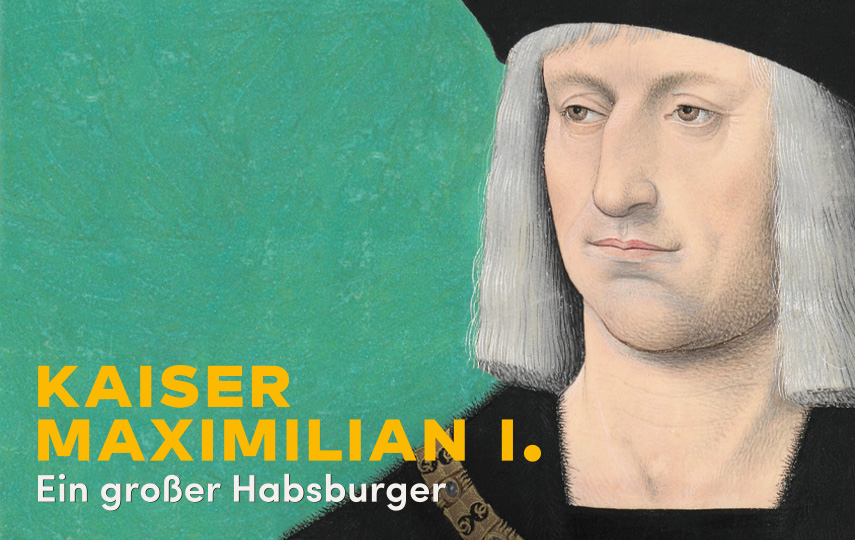
![[Translate to English:] Eintritt frei für alle unter 19 - Logo](https://webarchiv.onb.ac.at/web/20190703140344im_/https://www.onb.ac.at/fileadmin/user_upload/3_Logos/Logo_EintrittFrei_RGB_neu.jpg)
![[Translate to English:] Ö1 Club Logo](https://webarchiv.onb.ac.at/web/20190703140344im_/https://www.onb.ac.at/fileadmin/user_upload/3_Logos/oe1_club.jpg)
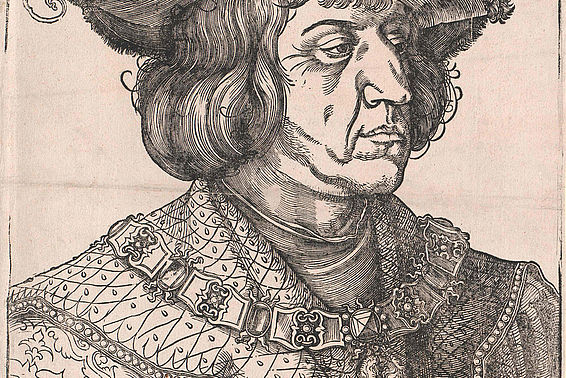
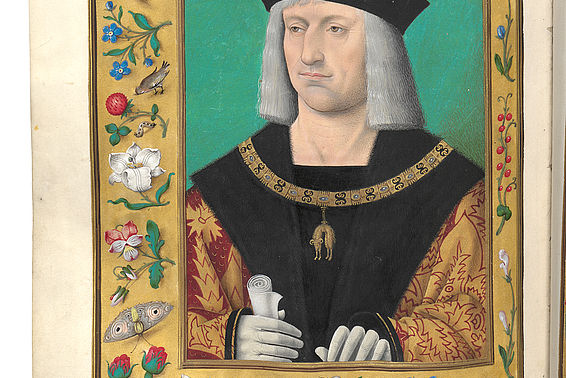
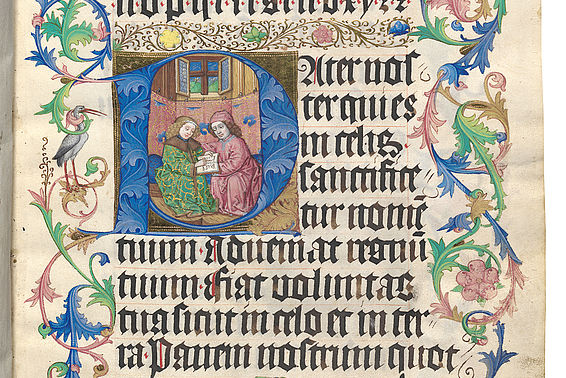
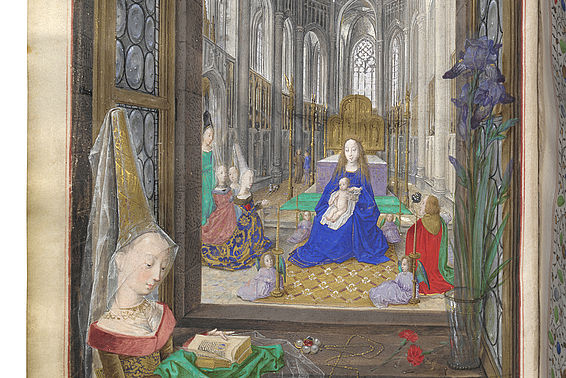
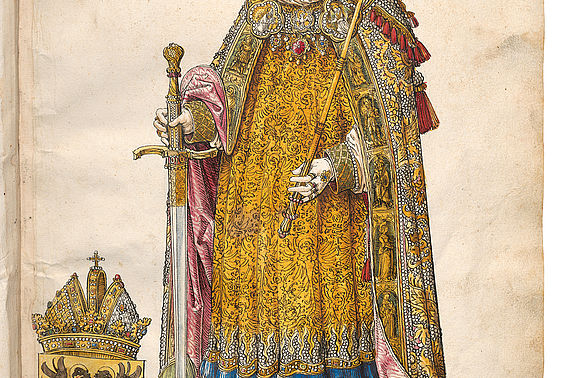
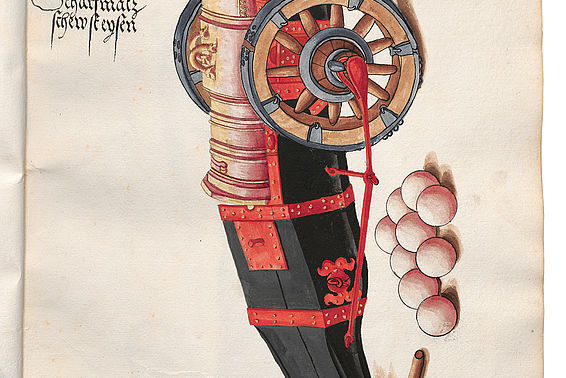
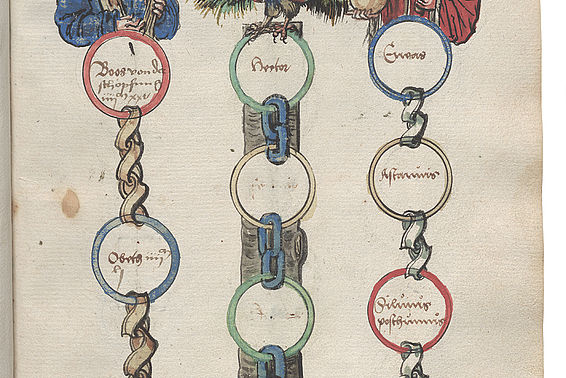
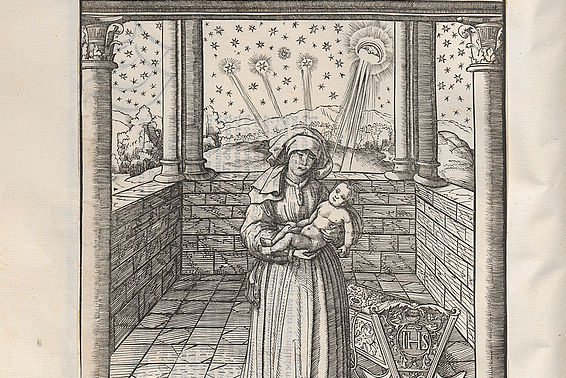
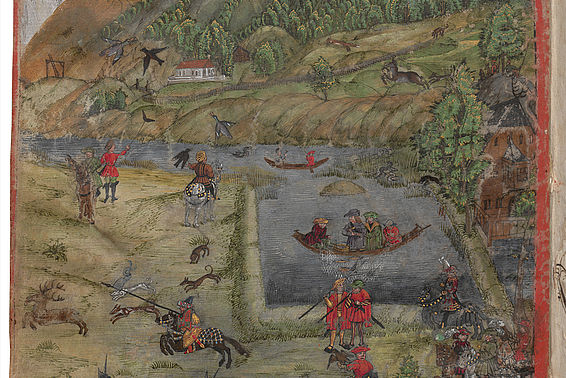
![Weltkarte mit der Küste Brasiliens, Geographia, Claudius Ptolemäus [Straßburg, 1513]](https://webarchiv.onb.ac.at/web/20190703140344im_/https://www.onb.ac.at/fileadmin/_processed_/4/8/csm_KI135168_3295346d61.jpg)

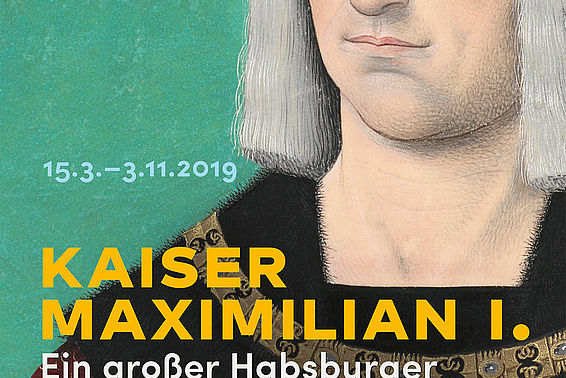
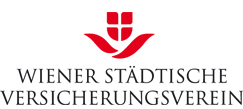

![[Translate to English:] Logo Münze Österreich](https://webarchiv.onb.ac.at/web/20190703140344im_/https://www.onb.ac.at/fileadmin/user_upload/1_Sitemap/Foerdern_und_Mieten/Sponsoren/muenze_.jpg)